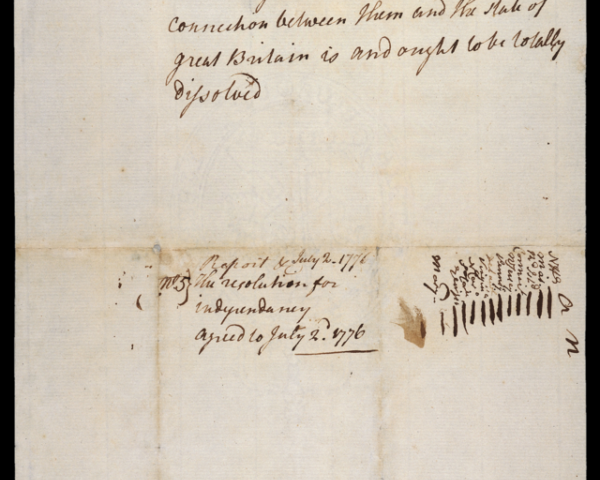On July 5, 1775—less than three months after the first shots of the American Revolution were fired at Lexington and Concord—the Second Continental Congress adopted what would become its final formal gesture of conciliation with King George III: the Olive Branch Petition. Drafted by…
Read MoreIn the minds of many Americans, July 4th is the nation’s birthday—the date celebrated with fireworks, patriotic speeches, and parades across the country. Yet it was on July 2, 1776, that the Continental Congress formally broke ties with Great Britain by adopting the Lee…
Read MoreIn what is already being hailed as a turning point in the nascent American Revolution, colonial militias inflicted staggering losses on British forces yesterday during the Battle of Bunker Hill—despite ultimately surrendering the field. Though the redcoats claimed a technical victory by seizing the…
Read MoreOn June 13, 1777, a young French aristocrat named Gilbert du Motier, the Marquis de Lafayette, landed near Charleston, South Carolina, to join the American Revolutionary cause. Barely 19 years old, Lafayette arrived not as a representative of the French crown, but as an…
Read MoreOn November 3, 1783, the American Continental Army was formally disbanded, marking a defining moment in U.S. history. This decision followed the signing of the Treaty of Paris in September 1783, which officially ended the American Revolutionary War. After nearly eight years of struggle…
Read MoreOn July 31, 1777, a 19-year-old French aristocrat, Marie-Joseph Paul Roch Yves Gilbert du Motier, Marquis de Lafayette, received a commission, without pay, from the Continental Congress making him a major-general in the Continental Army. Lafayette had developed a great interest in the colonial…
Read More






